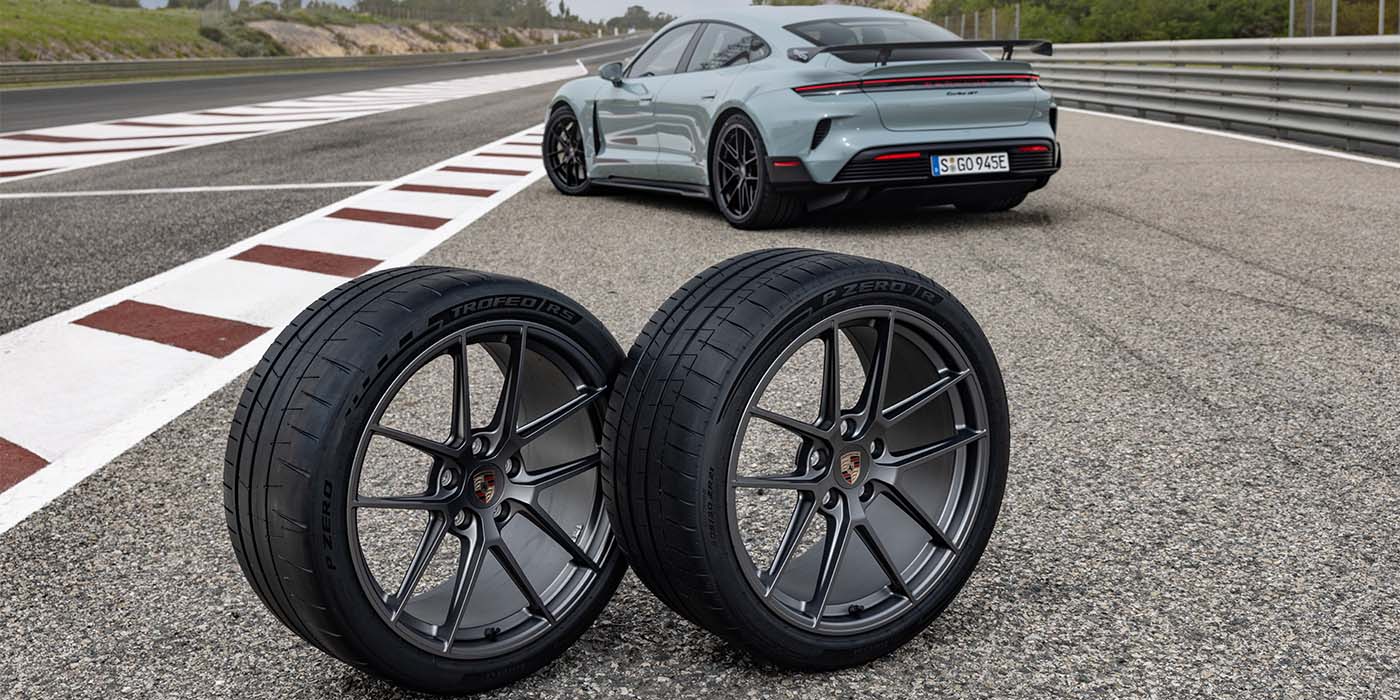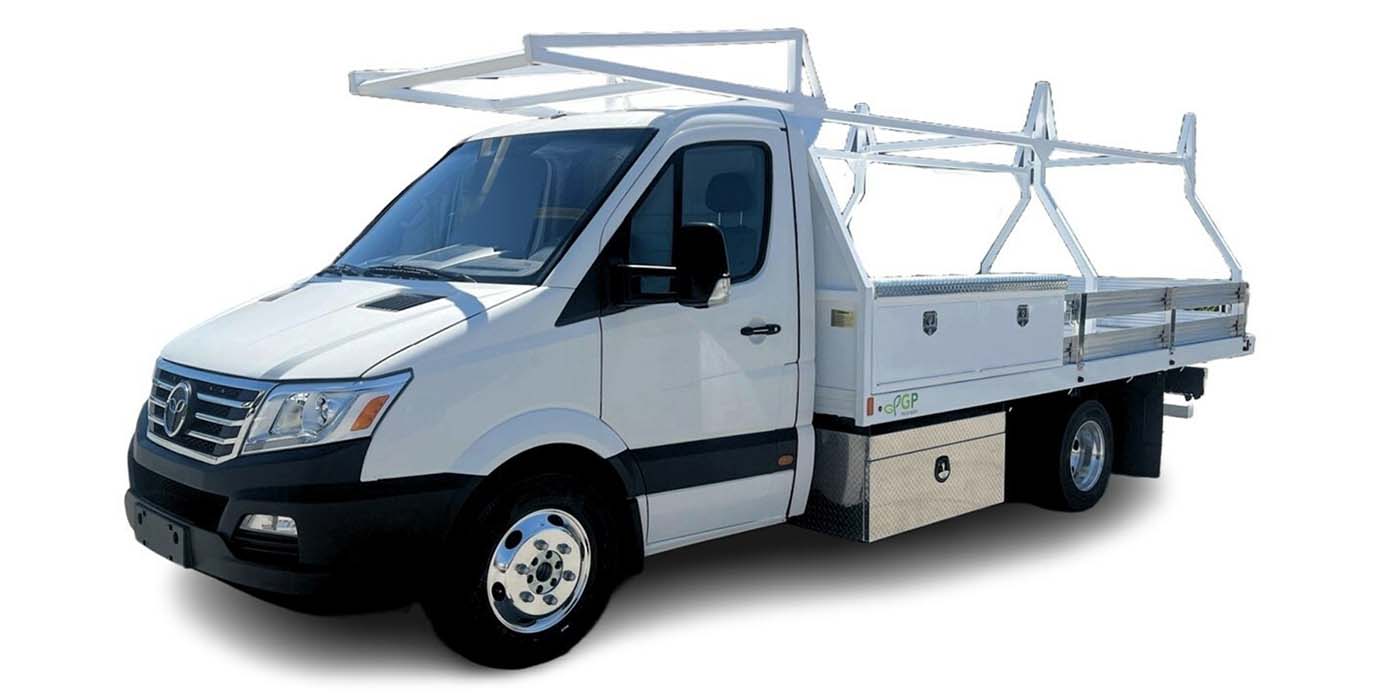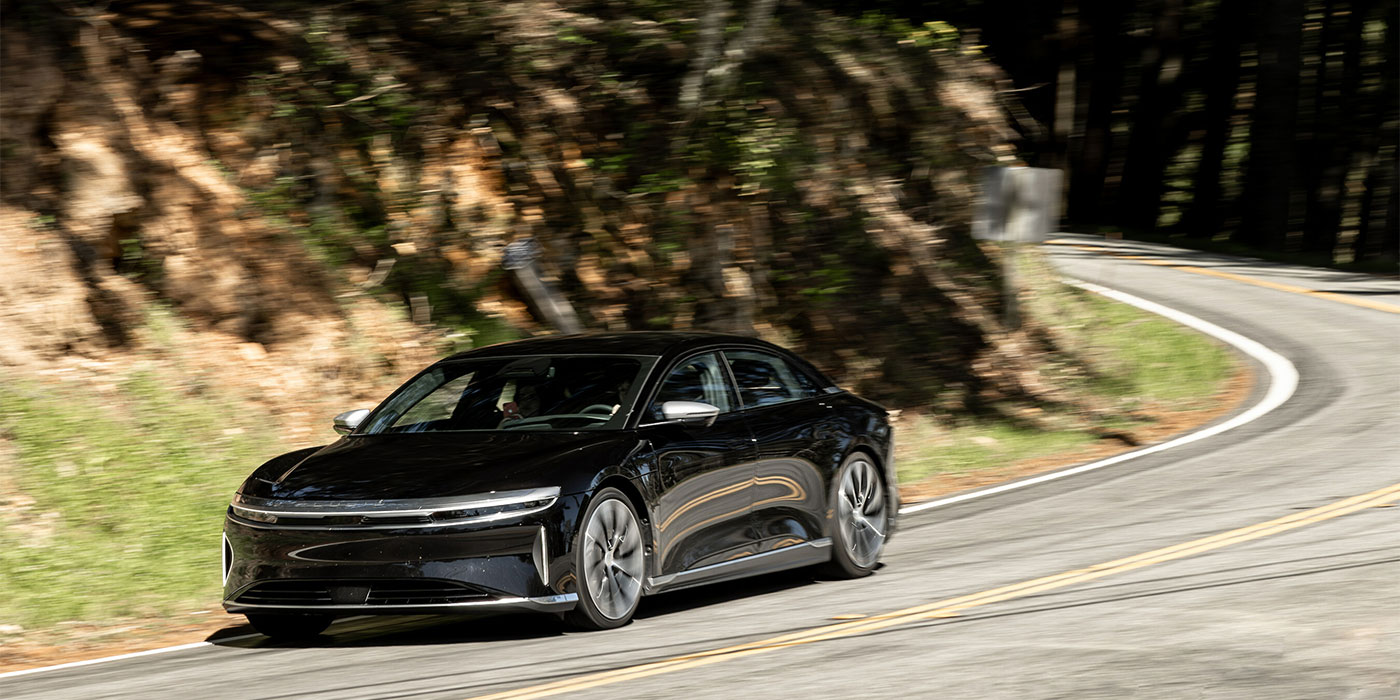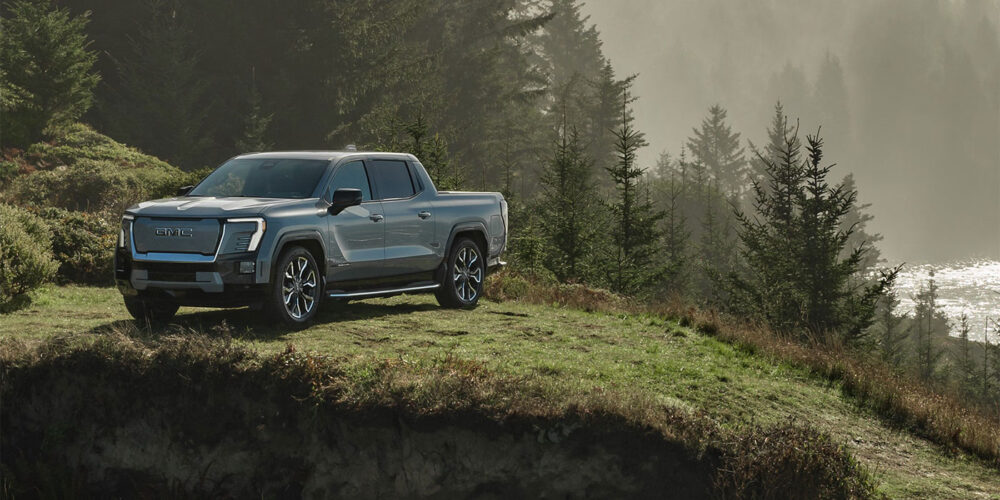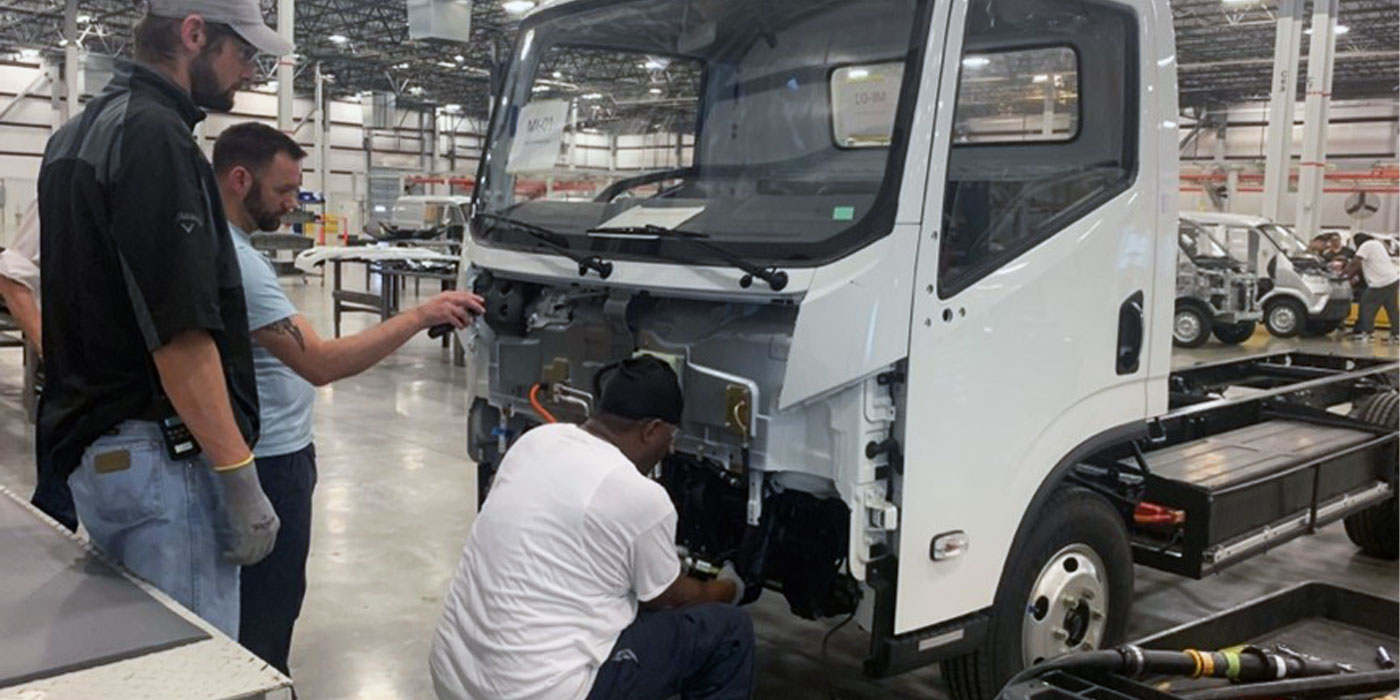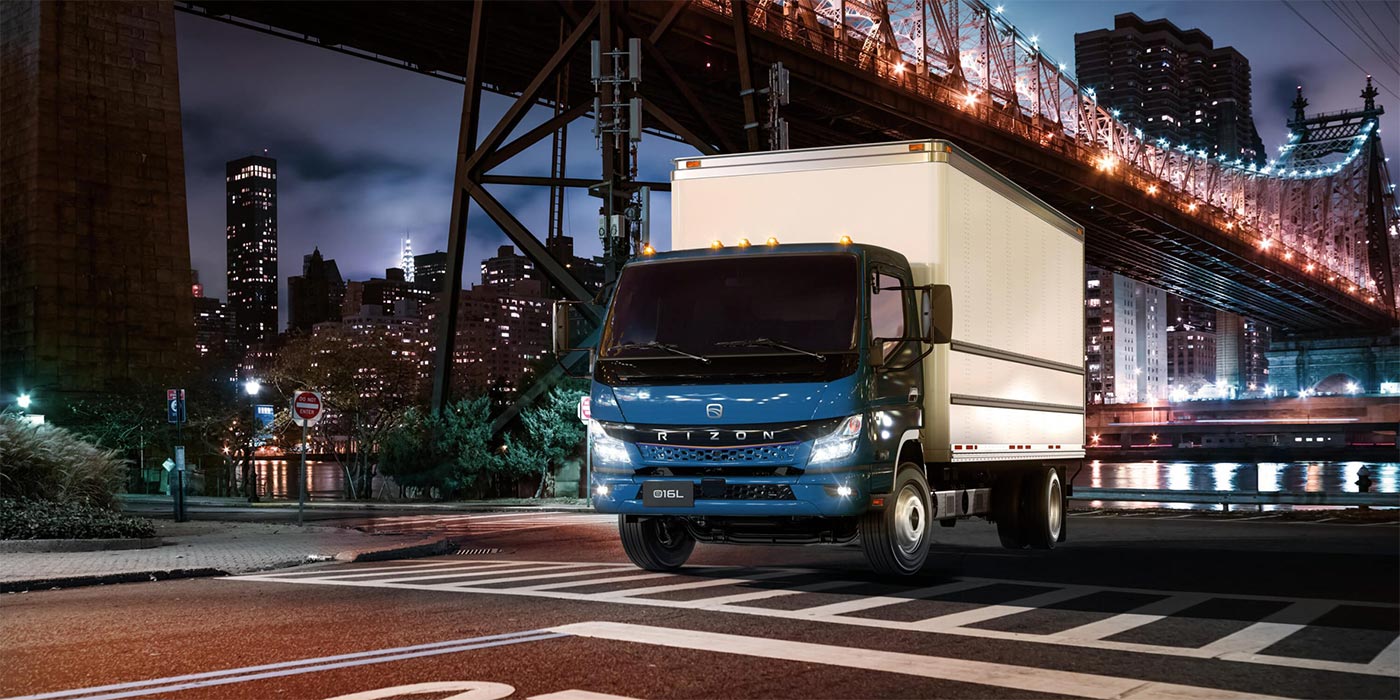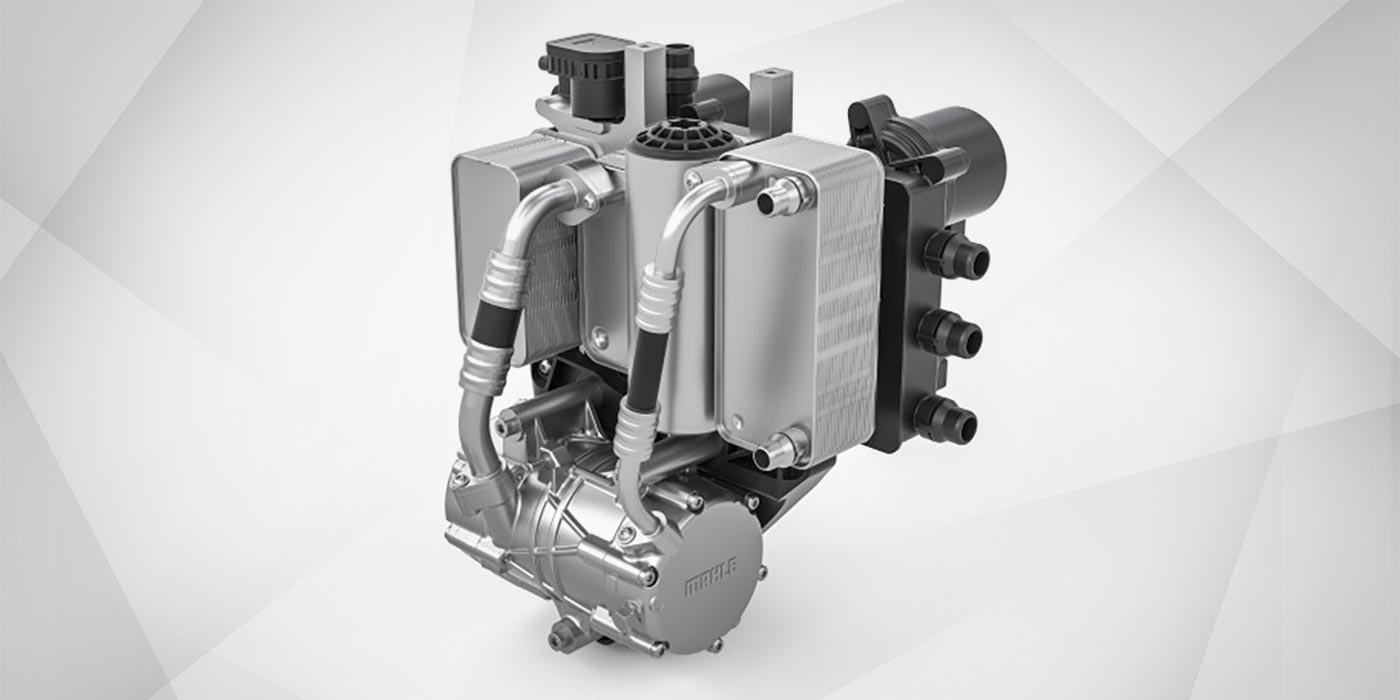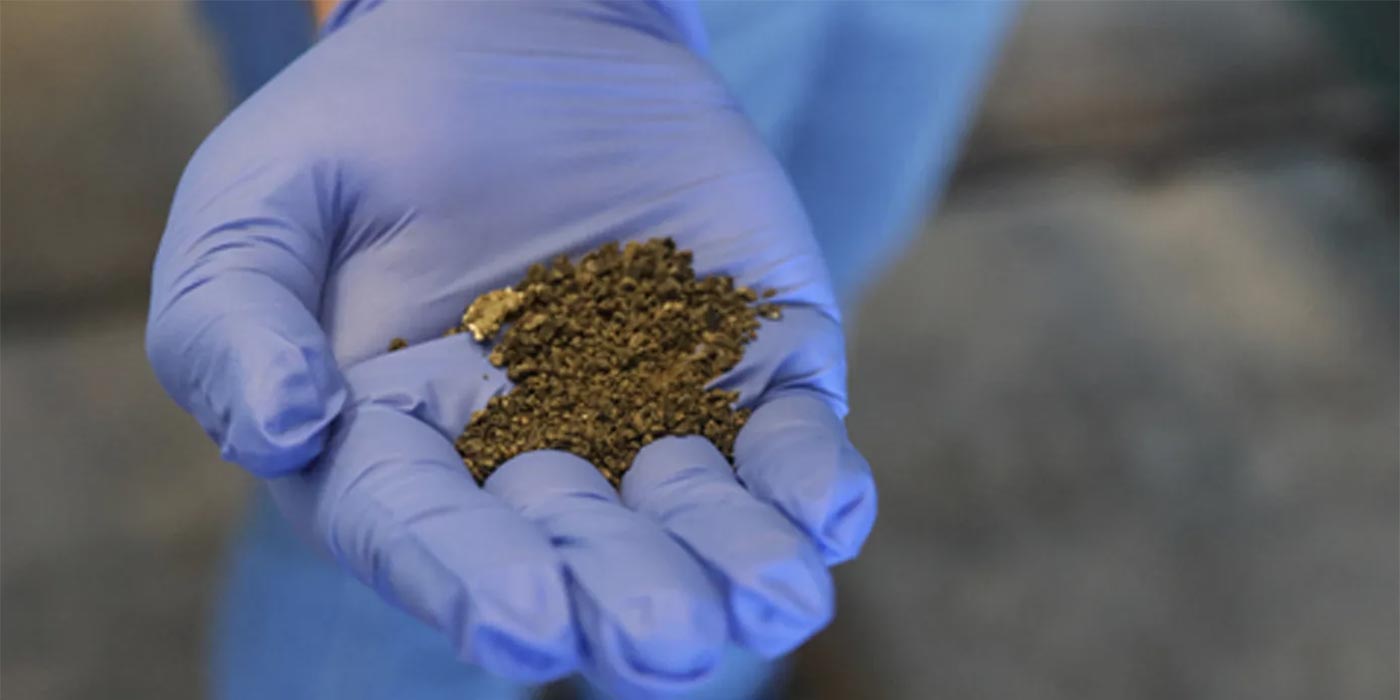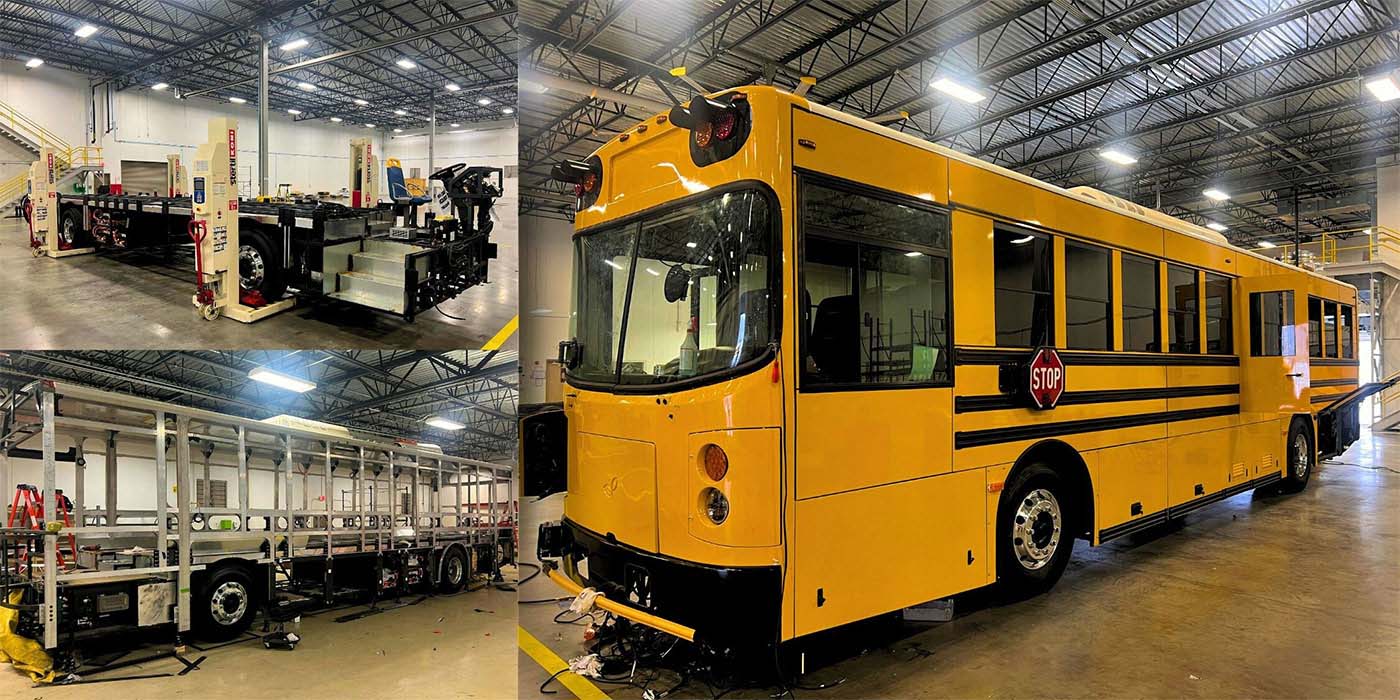General Motors and Environmental Defense Fund have announced a set of recommendations that seek to accelerate a zero-emissions, all-electric future for passenger vehicles in model year 2027 and beyond.
The recommendations were jointly developed by GM and EDF to support the next tier of EPA clean car standards.
GM and EDF say they encourage the EPA to establish standards aimed at ensuring that at least 50% of new vehicles sold by 2030 are zero-emitting, while achieving at least a 60% reduction in greenhouse gas emissions in model year 2030, and dramatically reducing nitrogen oxides and particulates, consistent with eliminating tailpipe pollution from new passenger vehicles by 2035.
GM and EDF say they have proposed principles that: focus on a path to a zero-emissions, all-electric future that eliminates tailpipe emissions from new light-duty vehicles by 2035; provide certainty for automakers and communities; seek performance-based and multipollutant standards reflecting EPA’s long-standing approach to vehicle emission standards; support underserved and socially vulnerable communities; offer a compliance pathway that supports accelerated EV adoption; and encourage coordination between the Environmental Protection Agency and the Department of Transportation.
Shared principles on EPA Tier 4 standards for model year 2027 and later vehicles, according to GM and EDF:
- Standards should achieve protective, science-based emission reductions reflecting the availability of zero-emitting vehicle technology. Standards should help to ensure at least 50% of new vehicles sold by 2030 are zero-emissions vehicles and be consistent with eliminating tailpipe pollution from new passenger vehicles by 2035. Standards should also encompass class 2b and 3 vehicles, consistent with President Biden’s executive order. New light-duty vehicle standards along these lines should achieve at least a fleetwide 60% reduction in greenhouse gas emissions in model year 2030, compared to model year 2021.
- Standards should be proposed this year and adopted next year, providing stability and certainty for manufacturers beyond 2030. Standards should be proposed in the fall of 2022 and finalized in the fall of 2023. Standards should extend until at least 2032 and EPA should consider adoption through 2035, securing deep pollution reductions and providing a stable investment signal and regulatory certainty for manufacturers.
- Standards should be designed in a manner consistent with EPA’s long-standing regulation of emissions from new motor vehicles. Standards should be multipollutant, reflecting the ability of zero-emissions vehicles to deliver reductions in greenhouses gases, nitrogen oxides and particles. Standards should be performance-based and build from EPA’s existing and long-standing approach to regulate pollution from automobiles, including assigning zero emissions to vehicles that have no tailpipe emissions. Designing standards in this manner will likewise help to support their timely adoption and durability.
- Standards should be designed to enhance equity. Standards should be designed to ensure the benefits of pollution reductions are shared equitably and support those underserved and socially vulnerable communities disproportionately impacted by climate change. Standards must also ensure that greater adoption of zero-emissions vehicles does not interfere with further per-vehicle emission reductions from new internal combustion engine vehicles.
- Standards should incorporate an innovation opt-in compliance pathway for multipollutant reductions. A voluntary, transparent and enforceable opt-in pathway for innovative manufacturers could accelerate deployment of new zero-emissions vehicles even more rapidly while rewarding leadership, providing stability for major investments, and ensuring durable outcomes in reducing climate and air pollution.
- Complementary public and equitable investments. GM and EDF are committed to collaborating on national and state manufacturing, consumer, infrastructure, equity and worker training investments such as the incentives in the Bipartisan Infrastructure Legislation and Inflation Reduction Act supporting the transition to zero-emitting vehicles and working with key policymakers to mobilize such incentives. GM and EDF are collaborating to support actions that will help ensure zero-emitting vehicle goals are met, and that the infrastructure and the health and economic benefits of this transition are fully available and accessible to all. GM and EDF also recognize the importance of building sustainable, just and socially responsible supply chains to meet these goals.
- Coordination. President Biden’s Executive Order on Strengthening American Leadership in Clean Cars and Trucks recognizes the importance of coordination, as appropriate and consistent with applicable law, to draw on the expertise of various agencies and leading states. Coordination between EPA and DOT in carrying out their respective rulemaking responsibilities can help to accelerate innovation and manufacturing in the automotive sector, strengthen the domestic supply chain and grow jobs that provide good pay and benefits. By avoiding interference between the EPA and DOT programs, the nation’s resources can be focused on eliminating tailpipe greenhouse gas emissions and all tailpipe pollution through an affordable ZEV fleet that will achieve healthier air and help mitigate climate change, save drivers money at the gas pump, strengthen energy security, and provide clarity and coordination in achieving President Biden’s goals for our nation.


